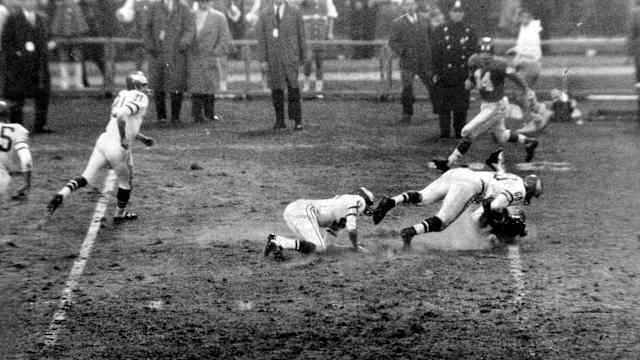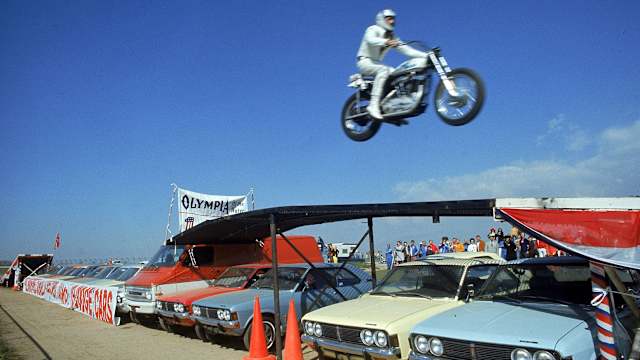Born into a tennis-loving family in San Francisco in 1919, Joe Hunt played in his first tournament when he was only five years old. He would go on to excel at every level of the game, becoming the first–and so far only–player to win the U.S. boys’ (then 15-and-under), juniors’ (18-and-under), collegiate and men’s singles titles. As a college student at the U.S. Naval Academy in Annapolis, he starred in tennis and football, winning both an intercollegiate singles championship (1941) and a game ball for his performance as a running back in the all-important Army-Navy game (1940).
But in 1943, when the U.S. Lawn Tennis Association decided to go ahead with that year’s national championships despite the hardships of wartime, Hunt was a decided underdog. At the time, the event at Forest Hills was an amateurs-only tournament; it wouldn’t become the U.S. Open until 1968. As Bud Collins reported in Sports Illustrated in 1993, nearly all of the top American male players were in the military at the time, and the tournament was compressed into just six days so that players who could get leave wouldn’t have to use too much of it. Gas rationing made travel difficult, and rubber was also rationed, so tennis balls were used far past their prime.
Hunt, who had a big serve-and-volley game with a strong forehand, was seeded only seventh at the tournament that year. In the quarterfinals, he upset the top seed, Frank Parker, a sergeant in the Army Air Corps who had flown from Guam to make the tournament. He took down the fourth seed, Bill Talbert, in the semifinals to set up the final round clash with Kramer, his former Davis Cup doubles partner. Seeded third, Kramer had struggled mightily to get there as well: Stricken with food poisoning, he lost 19 pounds during the tournament and survived a grueling semifinal against the No. 2 seed, Francisco “Pancho” Segura of Ecuador.








